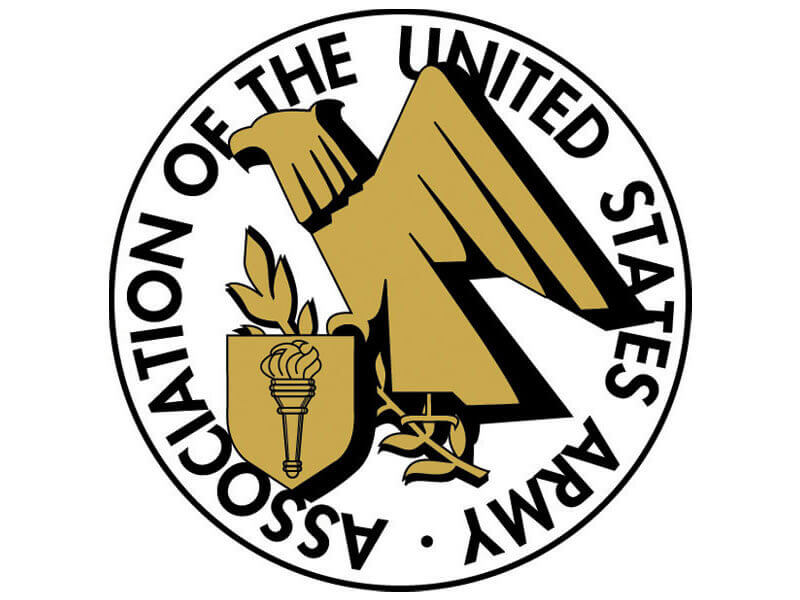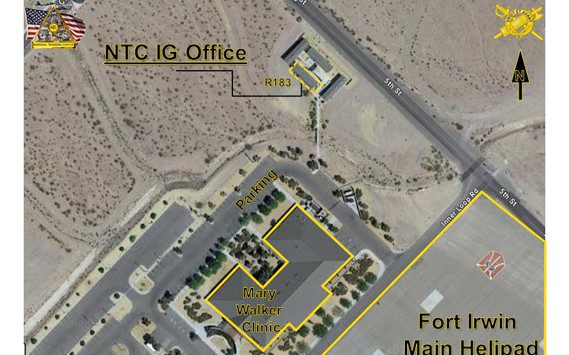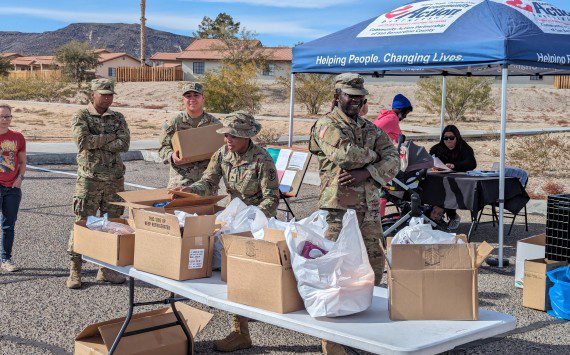1. AUSA Annual Conference
AUSA held its annual conference this year virtually from Oct. 13 – 16 and you can still access all of the recorded content from this year’s conference. In order to view the recorded events from AUSA Now, all you have to do is register and use the log-in details you receive in your confirmation. There were more than 20,000 registrants from 70 countries, 500 exhibitors, 450 speakers and 138 sessions.
https://meetings.ausa.org/annual/Attendee_Registration.cfm
2. Reducing Training Rotations
During the 2020 AUSA Virtual Meeting, Army Secretary Ryan McCarthy said the Army has a new focus on readiness that places more emphasis on squads and small units and less on large-scale exercises, a continued push towards modernization, and is taking “rapid, positive and meaningful steps” on diversity, equity and inclusion.
Chief of Staff Gen. James McConville agreed, saying the Army must transform how it takes care of its people. There is a plan to minimized gated Combat Training Center (CTC) rotations and eliminate the requirement to conduct brigade and battalion live fire exercises and field training exercises prior to a CTC rotation.
To further reduce the demands of training for and supporting CTC rotations, not all Brigade Combat Teams will deploy all of their battalions into “The Box.” Additionally, units scheduled for non-combat rotational deployments may not require a CTC rotation, especially those units deploying to theaters where they can conduct similar collective training.
3. Early Warning
A wearable device has been developed that could predict COVID-19 infection up to 48 hours before a person becomes symptomatic. It measures 165 biomarkers, sending information to a central location that can provide hourly reports. The early warning system could reduce the spread of the disease.
The devices have been used in the Pentagon and at U.S. Northern Command and were tested on U.S. Military Academy cadets in October.
4. ID Card Extension
In April, DoD announced that expiring dependent and retiree identification cards would be extended through the end of September because of COVID-19 precautions.
ID cards didn’t expire that week. Current cardholders can use existing cards through March 31 for base access and through June 30, 2021, for medical care.
5. Museum Opening
The National Museum of the United States Army, a 185,000-square-foot steel-clad building at Fort Belvoir, Virginia, will open to the public on Nov. 11. Army Secretary Ryan McCarthy said the museum, “Will be a place for members of the Total Army family to gather and share stories while also creating an opportunity for visitors to connect with our nation’s history through the eyes and voices of individual soldiers.”
A small ceremony will be held for the opening, livestreamed on the museum’s website: https://info.ausa.org/e/784783/visit-/4rwrd/333916879?h=KxSvz_dCDYgSMhZuIQhdmj6xKJYOXYlp0U5sdaIRsoo












